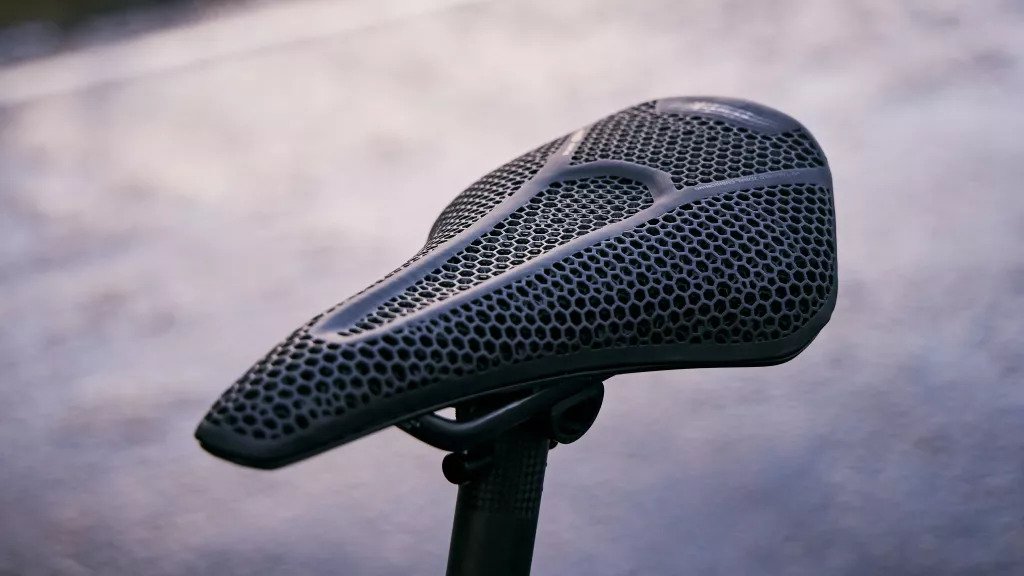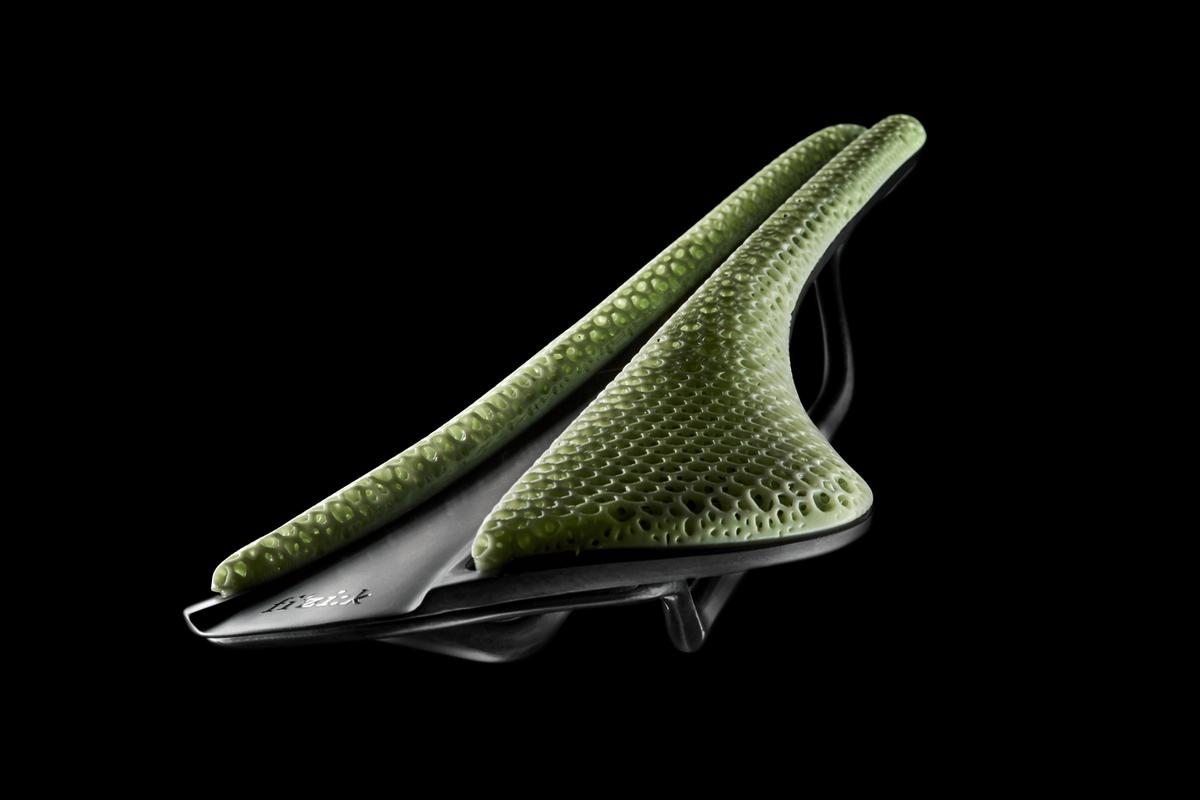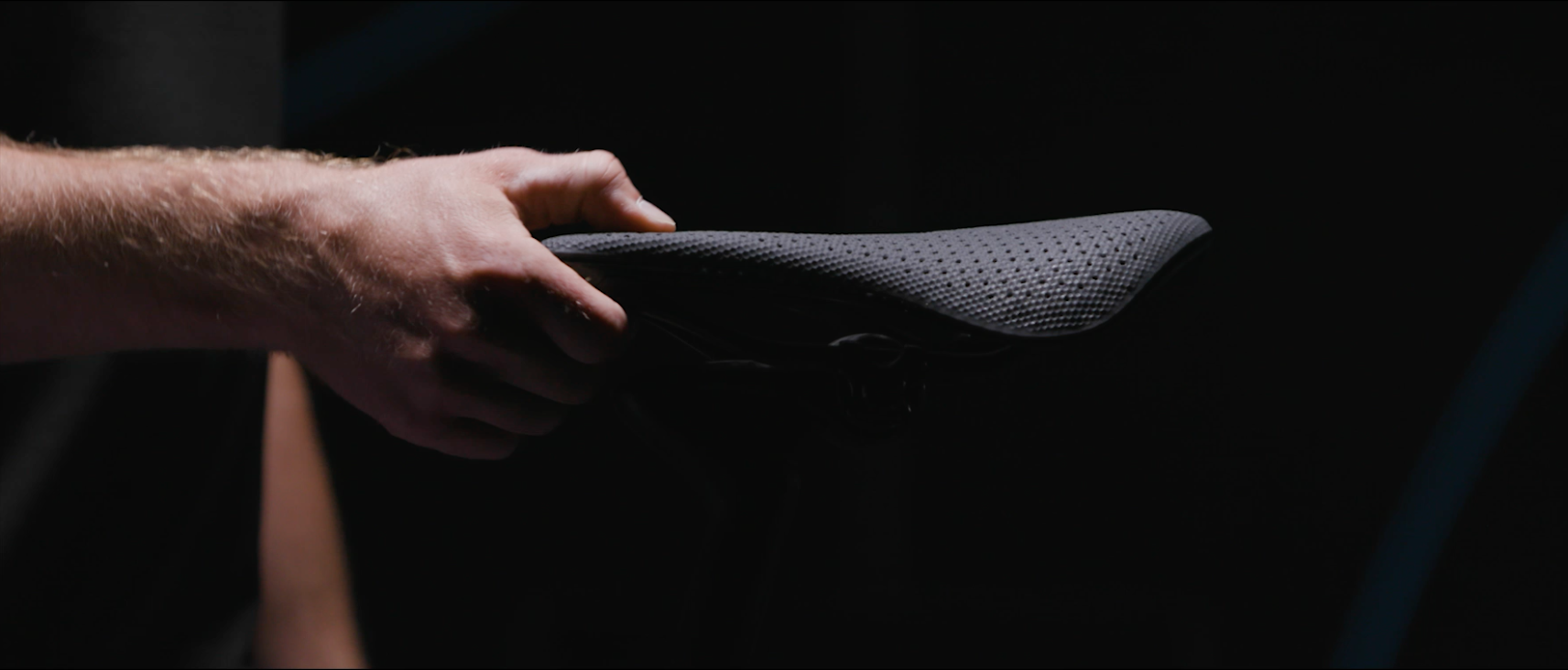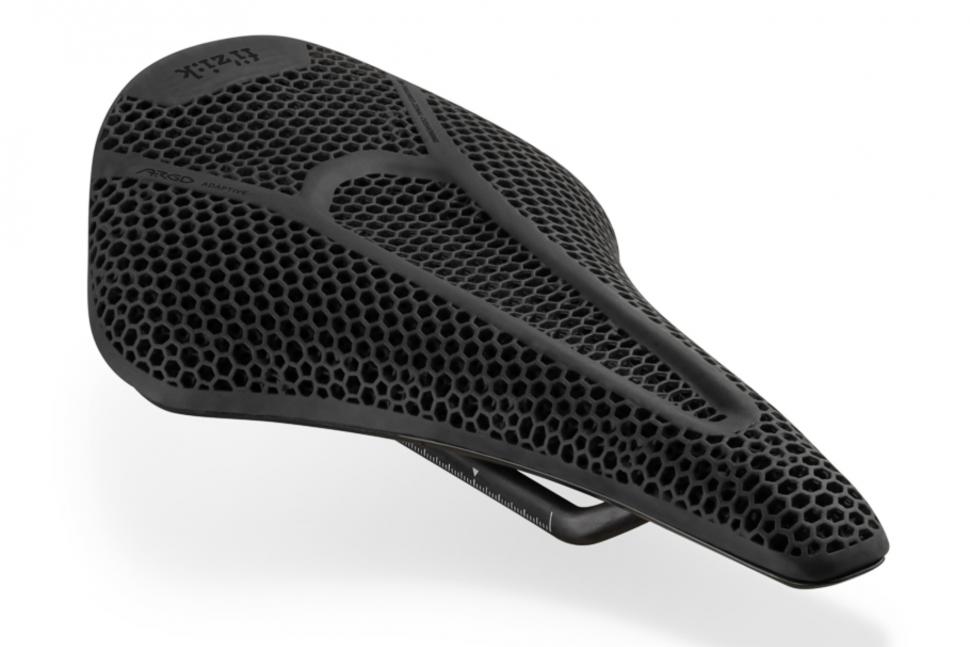On April 11, 2022, Fizik, a US-based bicycle equipment manufacturer, used the additive manufacturing technology DLS (Digital Light Synthesis) to launch the latest model of the3D printingBicycle saddle, Argo Adaptive short head saddle.
This saddle debuted at the Sea Otter Bike Show, and its biggest feature is that it has3D printingof mesh cushions. Fizik uses Carbon’s Digital Light Synthesis (DLS)3D printing technologyManufactured, through this process, the comfort of the pad is improved and the riding posture of the rider is optimized.

△Argo Adaptive’s 3D printed mesh bicycle saddle. Photo via Fizik.
3D printing by Fizik
Argo Adaptive is the latest addition to Fizik’s line of 3D printed saddles. Fizik’s first 3D printed product was the Antares Adaptive, launched in 2019. Fizik collaborated with Carbon to 3D print the saddle using DLS technology, and it can be said that Fizik ushered in a “new era” in the design and manufacture of bicycle saddles.
Carbon came up with a ‘Concepts’ initiative at the time, an interdisciplinary consortium of leading industry experts and academics that wanted to turn Fizik into the forefront of cycling innovation. The Fizik team designed the saddle through 3D printing, which was able to address issues such as power transfer, shock absorption, stability and comfort according to the needs of the rider.

△Fizik’s “adaptive” 3D printed bicycle saddle.
Carbon’s DLS technology
Carbon’s DLS 3D printing technologyis an SLA-based process that uses digital light projection in conjunction with oxygen permeable optics to cure photopolymer resins into 3D parts. In addition to Fizik, the technology has been used in many consumer goods companies.
Carbon teamed up with bicycle manufacturer Specialized to 3D print the S-Works Power Saddle line of bicycle saddles in an attempt to establish DLS as the leader in saddle technology
standard
.
● Partnered with backpack maker Osprey to produce 3D printed lumbar pads for the company.
● Carbon has teamed up with sportswear giant Adidas to create the 3D printed 4DFWD running shoe.

△ S-Works power saddle with 3D printing technology.
Argo adaptive features
Almost three years after the launch of Antares Adaptive, Fizik has launched its second 3D printed saddle, the Argo Adaptive. The Argo is the company’s short-head saddle, a shape that’s becoming increasingly popular on road bikes for riders who maintain their riding position for extended periods of time.
The saddle shape and 3D printed adaptive cushioning are designed to keep the rider in place at all times, reducing positional changes. Fizik and Carbon have teamed up to optimize the performance of the saddle with DLS 3D-printed mesh-style cushioning that provides specific cushioning in specific areas to accommodate different riding positions.
The grid structure can achieve the above requirements, while being lighter than traditional foam pads. Cushioned areas within the 3D-printed mesh reduce the maximum stress experienced by the rider and take into account different sit bone widths to ensure maximum comfort. Argo Adaptive is available in two widths, 140mm and 150mm. The saddle comes in two models, an R1 with carbon rails and a cheaper R3 with Fizik’s proprietary K:ium alloy rails, priced at $299 and $259, respectively. Consumers can purchase Argo Adaptive at the end of April on demand.

△Fizik Argo adaptive saddle.
(responsible editor: admin)


0 Comments for “Fizik partners with Carbon: Introducing new 3D printed bicycle short-head saddle for improved comfort”